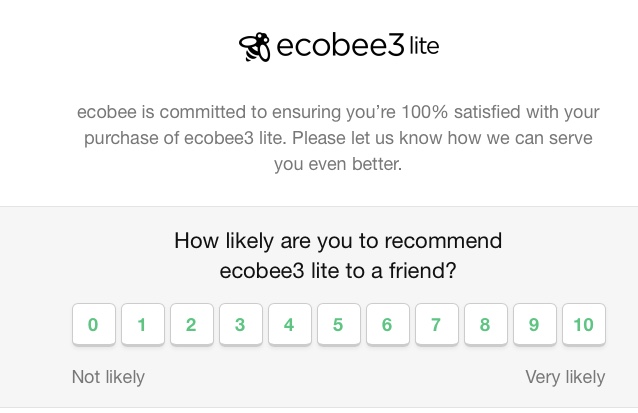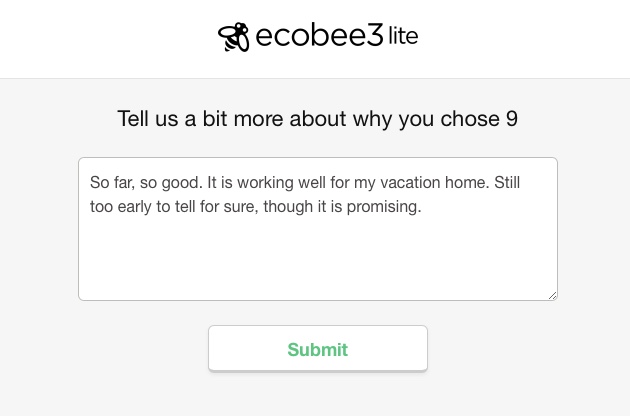Note: Lessons from The Overlook is a monthly update on lessons learned from owning a vacation rental property in the Southern California mountain town of Idyllwild. It's a hands-on opportunity to apply some of the techniques I advise my clients to use. You can find past updates here.
This time of year is budget season for many companies.
Many customer service leaders find themselves under pressure to keep costs flat for next year, despite expected growth in support volume. Or worse, expense reductions are required for an operation that's already lean.
The Overlook is no different.
Sally and I are looking for ways to reduce expenses in 2018 while providing a consistently good guest experience. Here's how we manage that tricky balancing act.
The Overlook after a winter snow. Photo credit: Jeff Toister
Avoid Bad Cost Cuts
A bad cost cut is something that reduces the value proposition for our guests. Let me give you an example.
Snow makes Idyllwild a more attractive destination for Southern Californians who don't often experience cold climates. It can also be a danger, especially for people who are inexperienced with wintery conditions.
Our property management company keeps walkways shoveled to ensure our guests' safety. We also pay to have the driveway plowed. Other rental owners pass the snow plow cost along to their guests but we decided to pay for snow plowing ourselves.
The rationale is safety. Sally and I would not want a guest to skimp on snow plowing in an effort to save a few bucks and then get into an accident. That makes the snow instantly less interesting.
Another example is our dishes and glassware.
At the Overlook, we recognize that having a full, matching set of dishes and glasses creates a more welcoming experience. Our maximum number of guests is eight, so we've stocked our kitchen with ten of everything.
We also bought extras, so when one breaks we can quickly replace it with a dish or glass from the same set.
Does it cost a little extra? Yes and no.
In the short-run, it does cost more to buy extra dishes and glassware. In the long-run, it is cheaper to buy dishes and glasses by the set rather than individually.
The immediate benefit is our fully-stocked kitchen is consistently mentioned in guest feedback. That little extra expense has become a point of difference that will hopefully contribute to more word-of-mouth referrals and return guests.
If you're planning your 2018 budget, consider the impact that any cost cuts will have on your value proposition.
Will the cost cut hurt your customers' experience?
Will service quality likely diminish?
Will other costs arise as a result?
Making Smart Cuts and Investments
We have generally used three criteria when trying to save money.
The first is the impact on our customer service vision. Our vision at The Overlook is welcome to your mountain retreat. We don't want any cost cut to take away from that.
The second consideration is the impact on our basic promises. For example, a clean and well-maintained cabin is clearly expected. So we have the cabin cleaned and inspected after every guest and immediately address maintenance issues. Trust me when I tell you not every vacation rental owner does this.
The third consideration is how our cost-saving measure will impact long-term costs. This often leads you to making a smart investment rather than an immediate cut.
Our propane bill provides a good example. Last winter, we spent $531.85 on propane over four months to heat the house. We received a 50 percent new customer discount the first time our tank was filled, so the same amount of propane would cost $676.98 assuming a constant per-gallon rate (it actually fluctuates).
It gets fairly cold in the mountains and we want our guests to be comfortable. What we don't want to do is heat the cabin when nobody is there. The Overlook is typically a weekend rental, so the cabin is often unoccupied three to four days per week.
Our regular observations revealed guests did not always turn down the heat when they checked out. The house cleaners or our property manager might do this, though they might not visit the cabin until a day or two later.
To fix this issue, we installed an ecobee3 Lite smart thermostat.
We can control the temperature settings remotely, so it's easy to lower the temperature when The Overlook is unoccupied. We project the thermostat will cut our propane bill by 40 percent, which will pay for the thermostat in less than three months.
It has also improved our guests' experience.
Our old thermostat had a confusing array of buttons. The ecobee allows guests to adjust the temperature with a swipe of a finger, making it easier for people to adjust the cabin's temperature to a comfortable level.
And, every guest who has stayed at the cabin since we installed the ecobee in October has remembered to lower the temperature when they checked out!
Conclusion
It makes sense to find ways to save money while creating your budget for next year. Be sure to set some criteria for making smart cuts. Those same criteria can help you determine when an investment is worthwhile.
What's the impact on your customer service vision?
What is the impact on your basic promises?
How the cut (or investment) impact long-term costs?






























